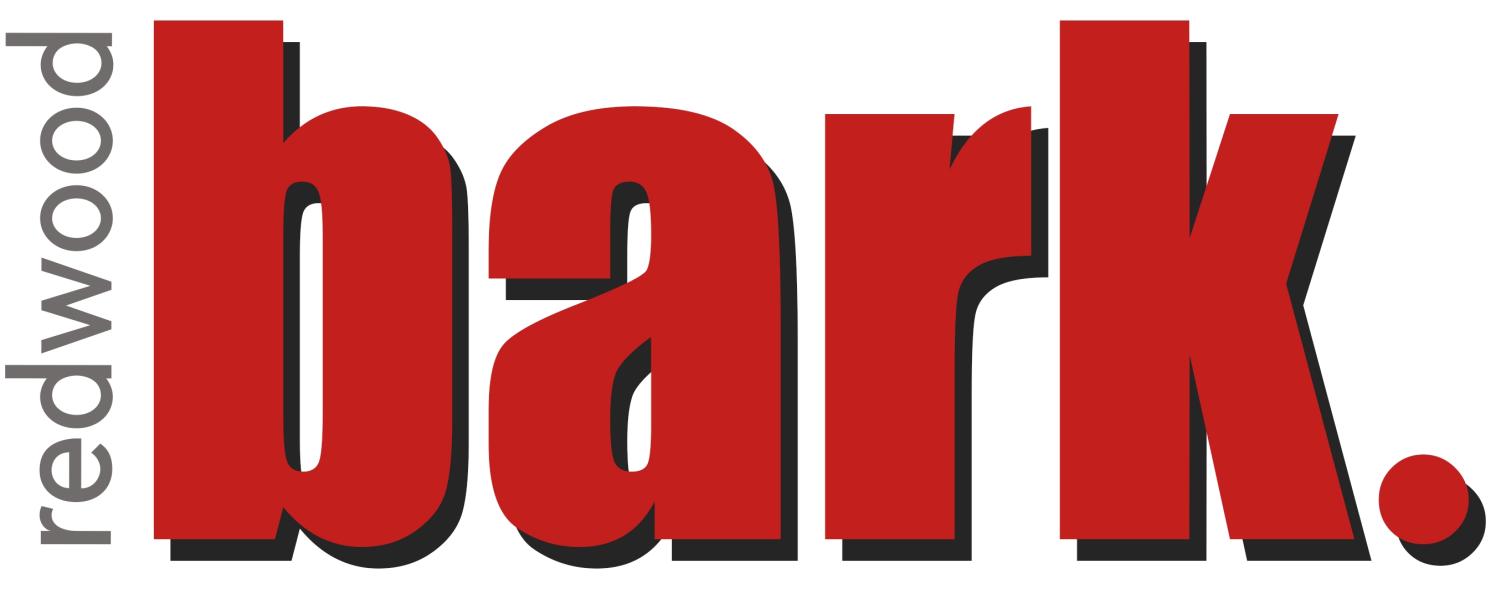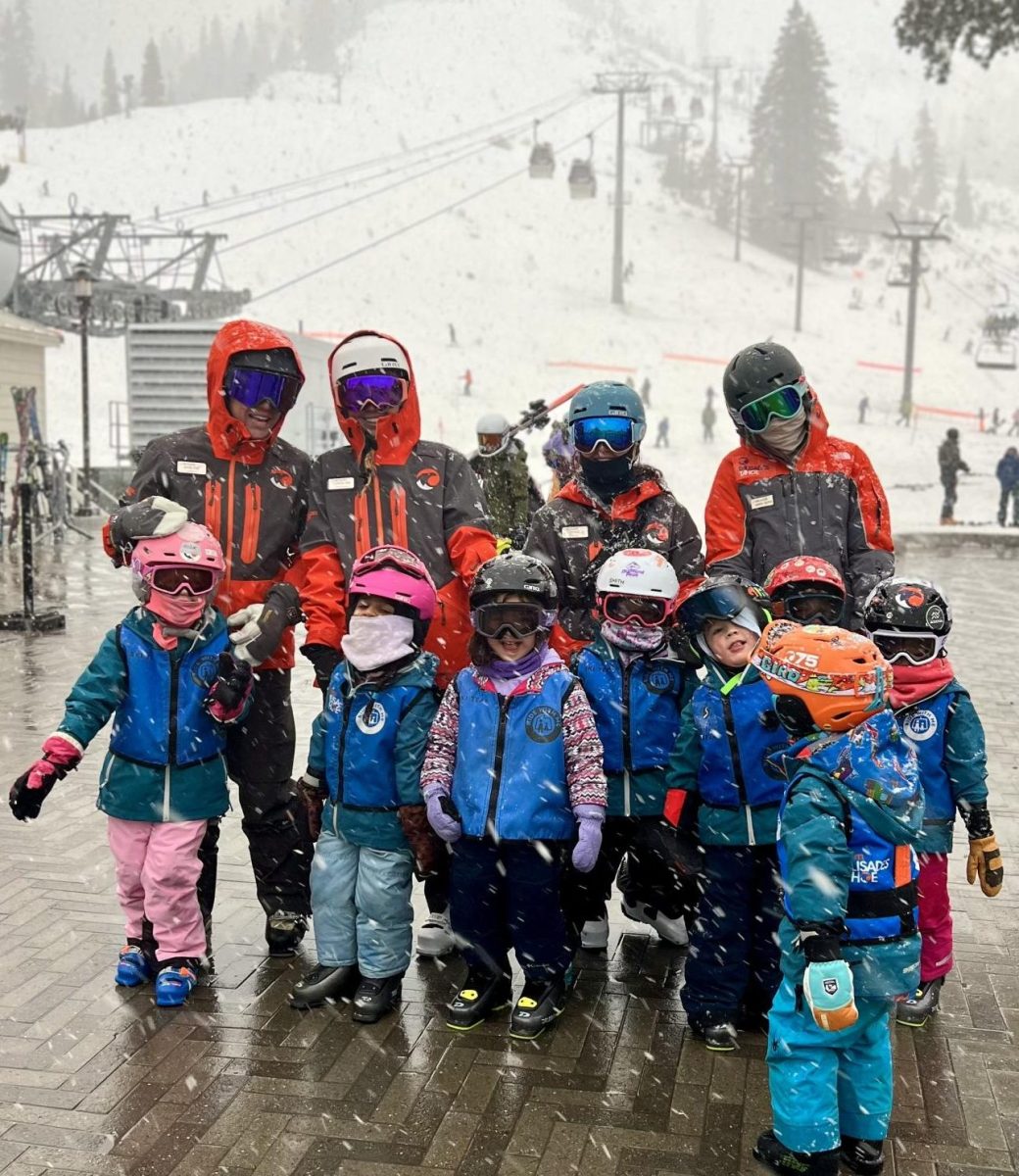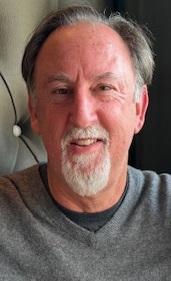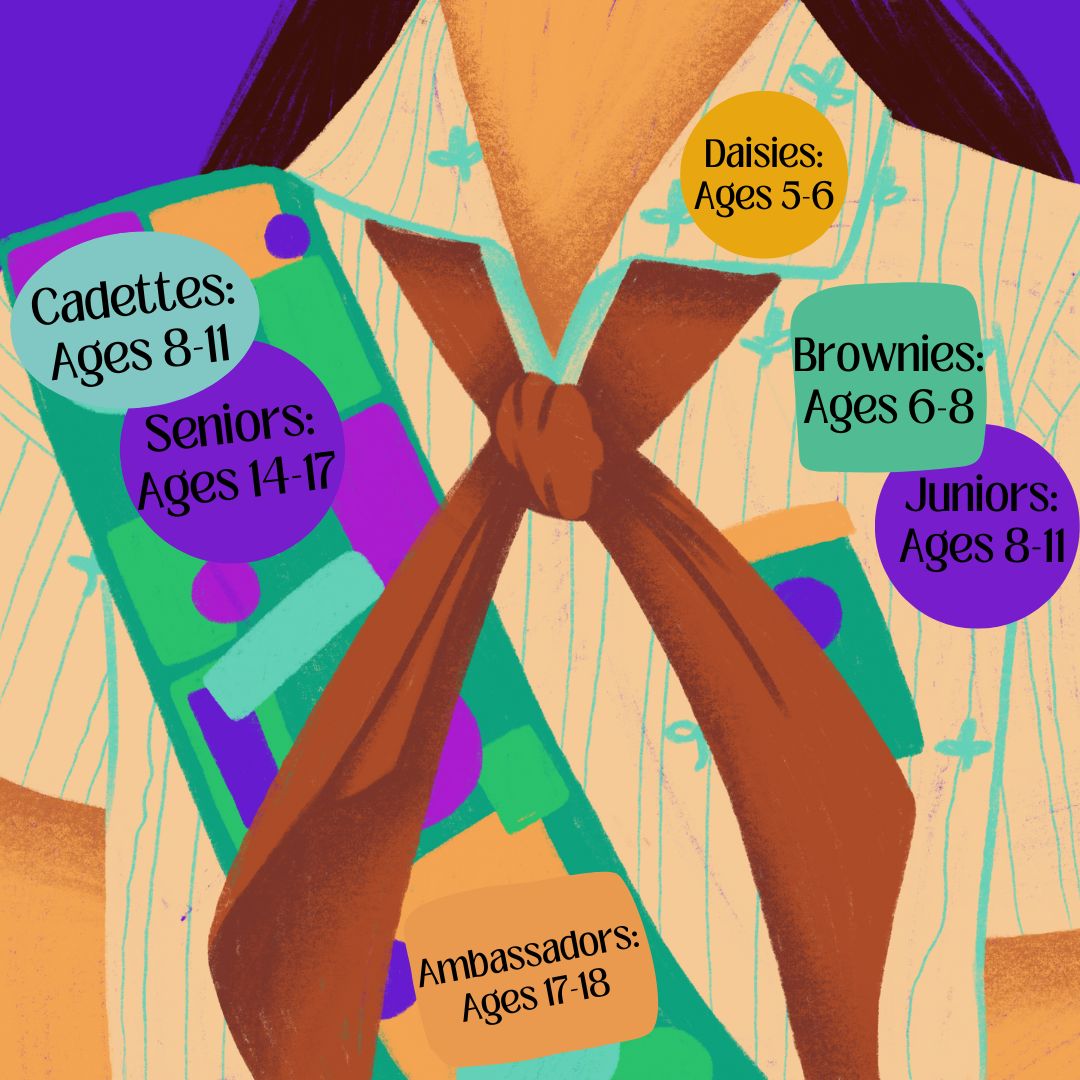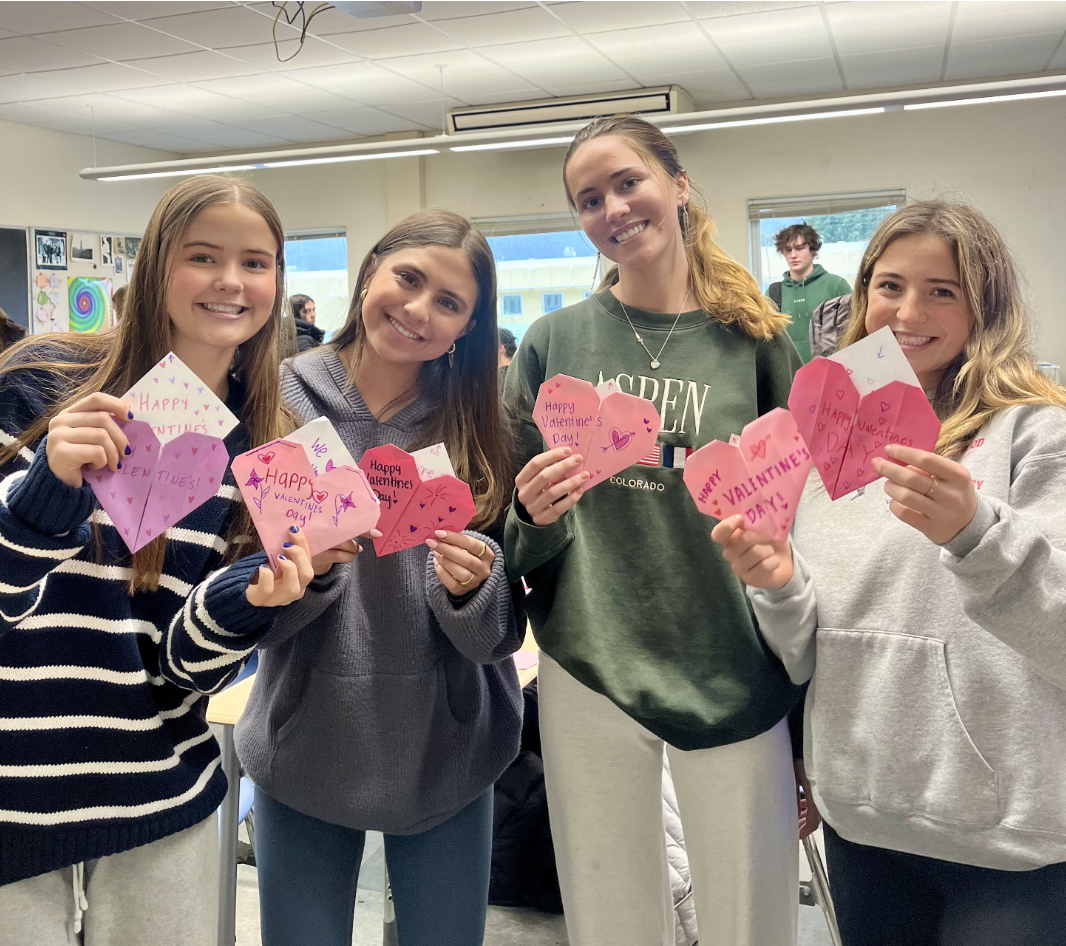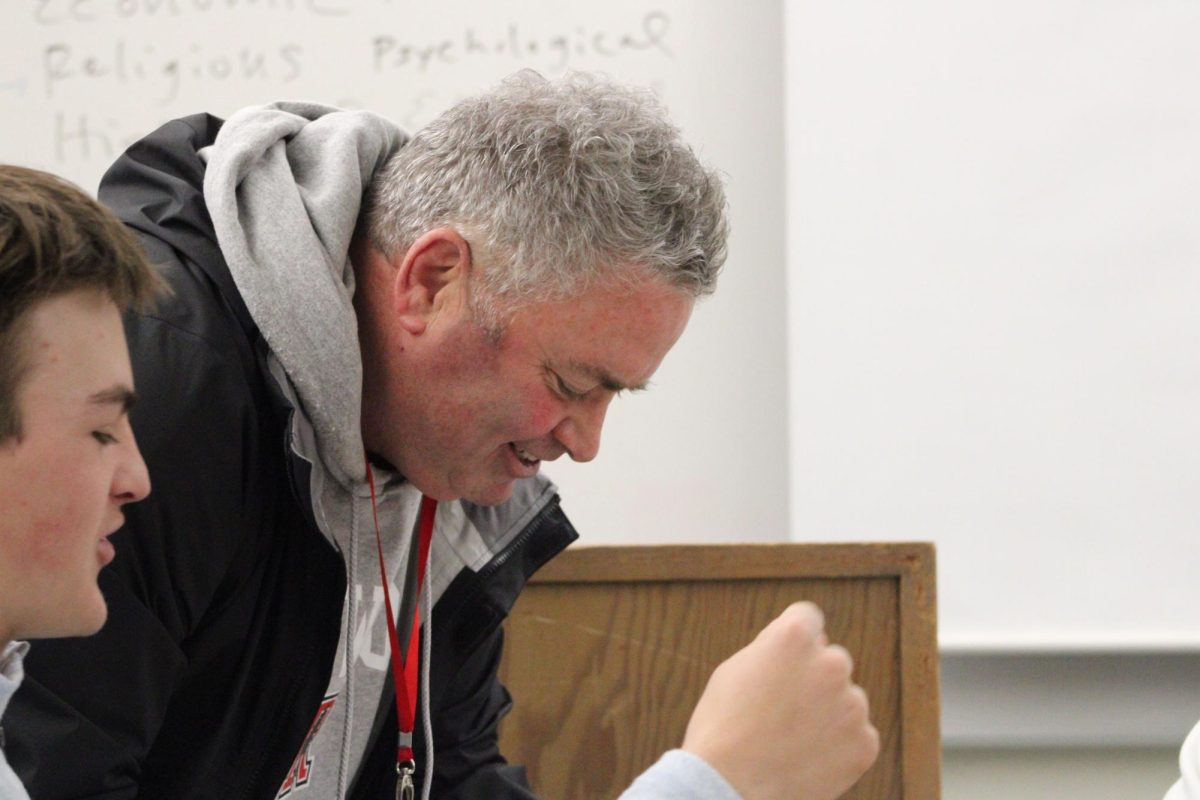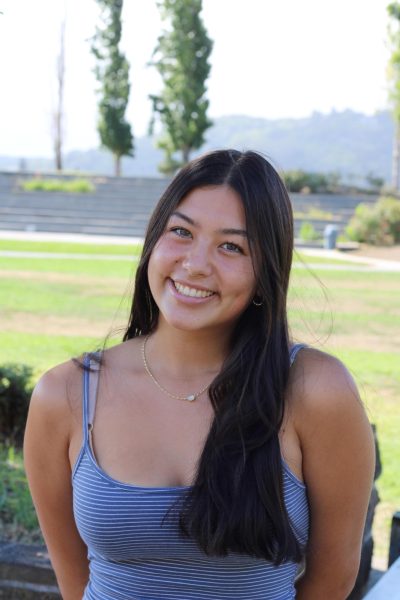Recently celebrating his 30th anniversary with Industrial Light & Magic (ILM), visual effects supervisor and Redwood parent Russell Earl has been nominated for 50 awards and has brought home 13 of them for his work in movies like “Avengers,” “Star Trek,” “Transformers” and more.
Earl grew up in a small town just outside of Boston. In high school, Earl worked in the woodshop program, which fostered his interest in industrial design.
“When I was in high school, they had a very unique woodshop program [that] was more like an apprenticeship. When I wasn’t in class, I was spending my spare time in the woodshop building hands-on furniture, which was one thing that drew me to industrial design,” Earl said. “I was always interested in trying to figure out how to make things work; I would take things apart and put them back together. I had a book of the behind-the-scenes work on Star Wars when I was a kid, and when I was in college, I knew I wanted to do that [for a living].”
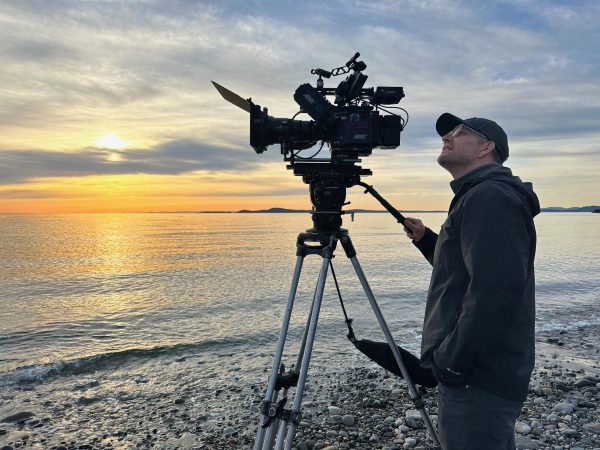
Earl attended the Rhode Island School of Design (RISD) for college, initially looking to study architecture. After he visited RISD, he discovered industrial design, a more niche field that also appealed to his interests, and chose to pursue that instead.
In college, Earl applied for an internship in Los Angeles, seeking out a hands-on opportunity for special effects in a more professional atmosphere.
“I got an internship when I was in college, and they were doing computer screen graphics for this movie called Patriot Games. When I got there, they said, ‘Okay, there’s a desk,’ but nobody gave me anything to do. I took it upon myself to look at what they were doing and learn,” Earl said. “I started [working on the same visual effects as them] and then showing people, [asking for their input]. The two guys that were doing the same job [as me] didn’t have an art background, so I was just bringing something different to the mix and [the company] ended up using the stuff I was working on.”
Inspired by this work in industrial design and furniture building, Earl applied for a job at Trumbull Company as a traditional model maker. Earl described the creator of the company, Doug Trumbull, as the “grandfather of visual effects,” teaching him skills to advance his experience that brought him to his current position at Industrial Light & Magic.
Famous filmmaker and philanthropist George Lucas, creator of the Star Wars and Indiana Jones franchises, founded Industrial Light & Magic (ILM) in 1975. This year, Earl is celebrating his 30th anniversary with ILM.
“[George Lucas], at the time, started hiring people to make spaceships [that] looked like they were in space and battle. He built his company for that. Then, when the company was successful, he started getting his friends like Steven Spielberg and other directors to use [ILM] to work on those movies,” Earl said. “A lot of [popular] movies have visual effects in them, especially early films like Jurassic Park and The Terminator, [which] were ILM. [ILM] has been around for a long time, sort of building up and changing. When I first started, there were maybe 80 or 100 people there, and now we’ve got five offices [around the world].”
As the company has grown, Earl has had the privilege of representing his team at award ceremonies.
“I’m lucky that I get to represent hundreds of artists that work on these movies. It’s a combined effort, [but] I was fortunate enough to represent the team for the first Transformers movie, which was pretty well received. It ended up getting an Academy Award nomination, so that was exciting and particularly special,” Earl said.
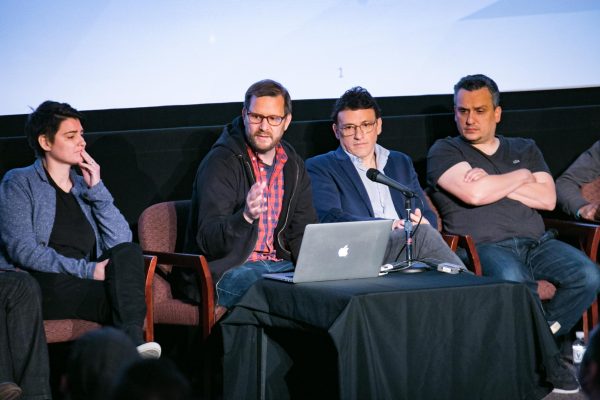
A variety of computer programming classes are offered at Redwood, teaching students an introduction to different technologies. Computer Programming 1-2 and Advanced Placement (AP) Computer Science Principles, co-led by Nicholas Sullivan-Friedman, assist the class in building projects they’re interested in, making it an individualized and flexible class. Computer programming classes are a way to build experience with technology and visual effects, which can lead to a career like Earl’s later in life.
“The computational thinking practices that I try to build for my students are extremely applicable to the kinds of workflows that you develop when doing visual special effect creation,” Sullivan-Friedman said. “If students have an interest in [visual effects], they are able to dive deeper into them and then build projects, leveraging what they’re learning to specifically learn more about those topics in [AP Computer Science Principles]. I definitely foresee a couple of my AP Computer Science Principles students leaning into animations or doing particle effect building at a low programming level next year.”
Earl thoroughly enjoys his career path and where his life journey has taken him.
“For me, I just like working with different teams of people and trying to put good work up on the screen, but at the same time still having fun and not taking it too seriously,” Earl said.
For aspiring visual effects artists, Earl believes that an optimistic attitude is the way to achieve your goals.
“No matter what you’re given, just do your best. Try your best and do the best job you can. Whatever it is, have a good attitude and learn as much as you can absorb. Find people that you can talk to and trust. There are no dumb questions. Learning and doing your best, having a good attitude and helping other people [brings] success,” Earl said.
